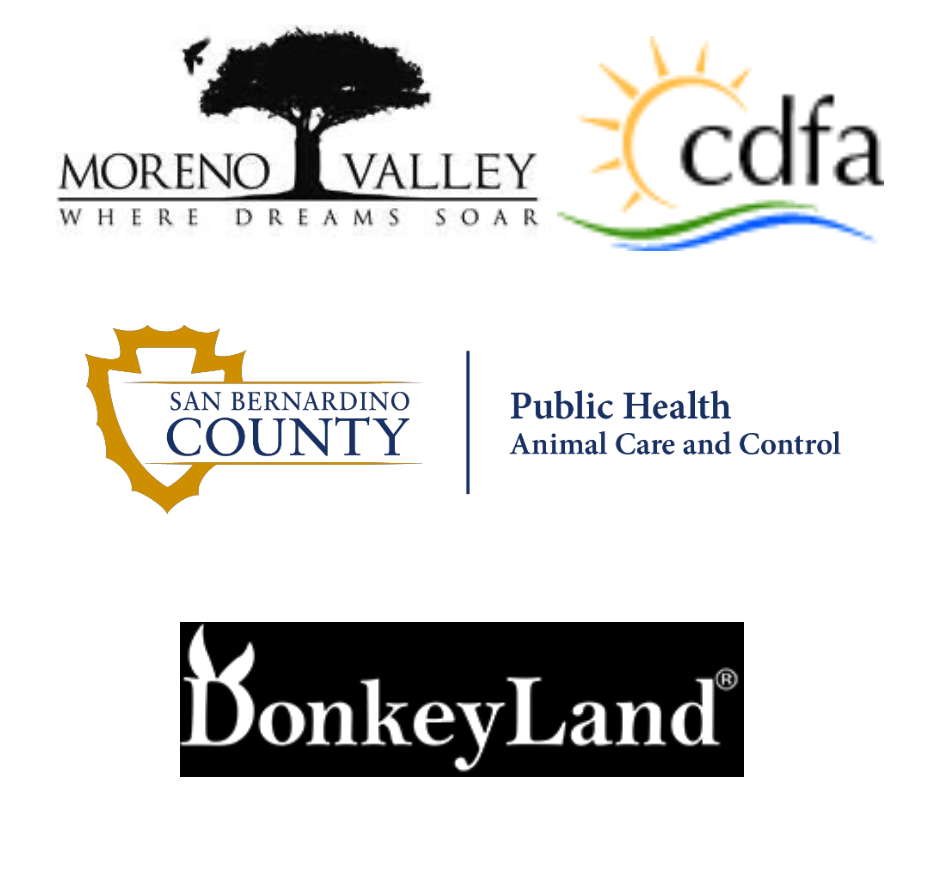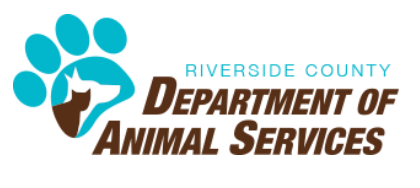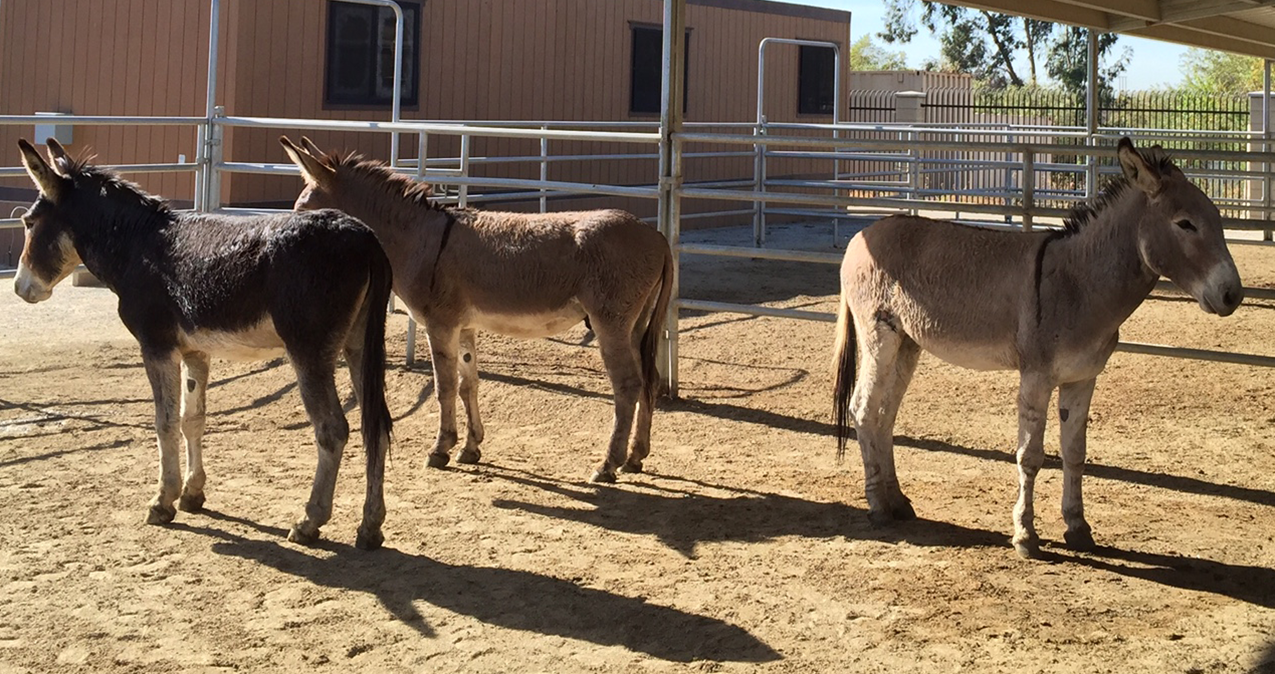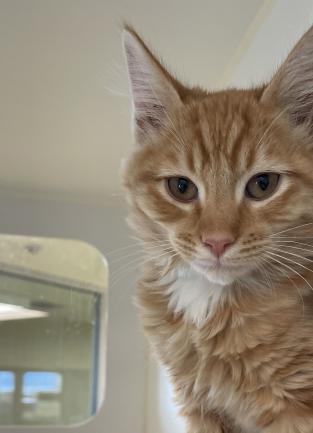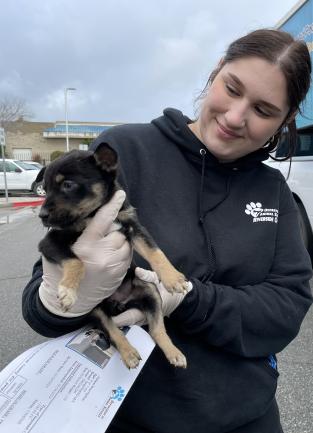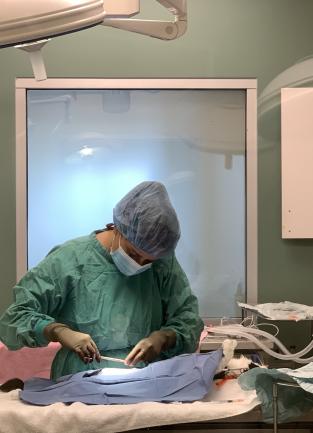Some Deaths Reported; State & Local Officials Monitoring
An equine influenza outbreak is impacting the burro populations in Riverside County and some of the animals have already succumbed to the virus.
An estimated three dozen burros have died – and the death count is expected to rise – according to information reported to Riverside County Animal Services. The first known deaths occurred about two weeks ago.
Most of the deaths are occurring in the Reche Canyon area, but about six have occurred in Moreno Valley Animal Services’ coverage area in the interface of the foothills along Pigeon Pass Road, Heacock Street (which become Reche Vista Drive) and Redlands Boulevard.
San Bernardino County officials said they have not had any reported cases.
County and state officials are monitoring the outbreak and urging horse owners to consult their veterinarians and get booster vaccines for previously vaccinated animals. Also, horse owners should ensure their animals are not exposed to sick burros by moving their animals away from fence lines in areas where the burros frequent.
Riverside County is receiving assistance from California Department of Food and Agriculture veterinarians. In addition, the following agencies are working to provide information and help for sick burros, if possible: DonkeyLand Rescue, Moreno Valley Animal Services, San Bernardino County Animal Care & Control.
The virus is specific to equids (horses, mules and donkeys) and does not affect other species of animals. Equine influenza is a highly contagious virus that spreads rapidly through groups of horses in aerosolized droplets dispersed by coughing or through fomite transmission. The majority of the clinical signs are respiratory and may also include fever, edema and enlarged lymph nodes. Clinical signs are more common, and more severe, in younger horses (ages 1 to 5) and may be more severe in donkeys and mules. Older horses usually have milder disease.
Although officials recognize that some people unlawfully feed the burros, all agencies are urging the public to avoid contact with the burros, especially anyone that own horses.
Humans do not contract the disease, but people can act as fomites and transmit the virus between horses, said Emily Nietrzeba, a Sacramento-based equine specialist veterinarian with the California Department of Food and Agriculture (CDFA).
“It’s important we emphasize to the public regarding the importance of preventing contact between sick burros and healthy horses and donkeys, and avoiding all shared waterers, feeders, and equipment, as well as limiting fenceline exposure to the greatest extent possible,” Dr. Nietrzeba said. “Horse owners are encouraged to discuss best disease prevention practices, including vaccination, with their own vets.”
Dr. Alisha Olmstead, a state veterinarian with in the CDFA’s Ontario office, advised horse owners to avoid traveling with their animals if they believe their pets might have been exposed. Also, she said these owners should avoid having visitors with horses come to their properties because indirect transmission can occur and can be an important means of spread. This includes transmission of the virus on clothing, equipment, brushes, shared water buckets, hands, etc., she said.
Olmstead said equine influenza is one of the most common infectious diseases of the respiratory tract of horses, which is why there are several vaccines currently marketed.
Riverside County, Moreno Valley and San Bernardino County officers will assist with transporting sick burros, when it is possible, to the nonprofit organization DonkeyLand for isolation and care. DonkeyLand’s staffers – and its veterinarian, Dr. Paul Wan – will vaccinate and monitor the burros before releasing them back to the wild.
Amber Levonne, founder of DonkeyLand, said she has assisted with sick burros. Her organization has paid for the removal of deceased burros. Levonne said at least 38 burros have died.
It is uncertain how many burros are in the hills between Riverside and San Bernardino counties, but some estimates put the number at approximately 500 burros.
